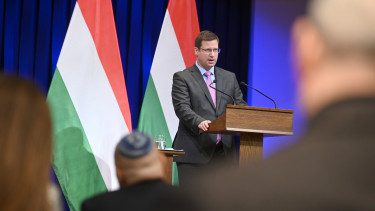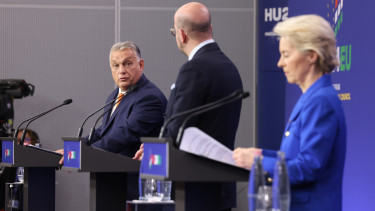UNICEF: rising food prices could lead to tragedy

Seven weeks into the war in Ukraine, while Muslims in the region observe the holy month of Ramadan,
disruption in imports caused by the conflict is creating food shortages amid high prices of essential commodities, including wheat, edible oils, and fuel.
If this continues, it will severely impact children, especially in Egypt, Lebanon, Libya, Sudan, Syria and Yemen; some are hunger hotspots according to recent assessments undertaken prior to the Ukraine crisis, as those countries were already struggling with conflicts, economic crises, or a sharp increase in global food prices in 2021,
the UNICEF warned.
“With ongoing conflicts, political instability, the COVID-19 pandemic and the war in Ukraine, the region is witnessing unprecedented hikes in food prices coupled with low purchasing power. The number of malnourished children is likely to drastically increase,” said Adele Khodr, UNICEF Regional Director for the Middle East and North Africa.
The ripple effect of the continuing war in Ukraine is compounding the impacts of two long years of the COVID-19 pandemic on economies, employment and poverty in the MENA region, where more than 90 per cent of food is imported.
Many countries have already been struggling with child malnutrition, especially due to ongoing armed conflicts and humanitarian crises.
- Only 36% of young children in the region are receiving the diets they need to grow and develop in a healthy way;
- The region is home to high rates of undernutrition and micronutrient deficiencies. On an average, nearly one in five children is stunted while the average wasting rate is 7%.
In the MENA countries most impacted by the war in Ukraine, undernutrition rates are higher.
- In Yemen, 45% of children are stunted and over 86% have anaemia;
- In Sudan, 13.6% of children suffer from wasting, 36.4% are stunted and nearly half have anaemia;
- In Lebanon, 94% of young children are not receiving the diets they need, while over 40 per cent of women and children under the age of five have anaemia;
- In Syria, only one in four young children get the diets they need to grow healthy. The price of the average food basket has nearly doubled in 2021 alone.
“We stand ready to facilitate the revamping of the nutrition response in the region to further strengthen links with agriculture, social protection, education and water and sanitation sectors to reach more children in need,” concluded Khodr.
Cover photo: Getty Images








